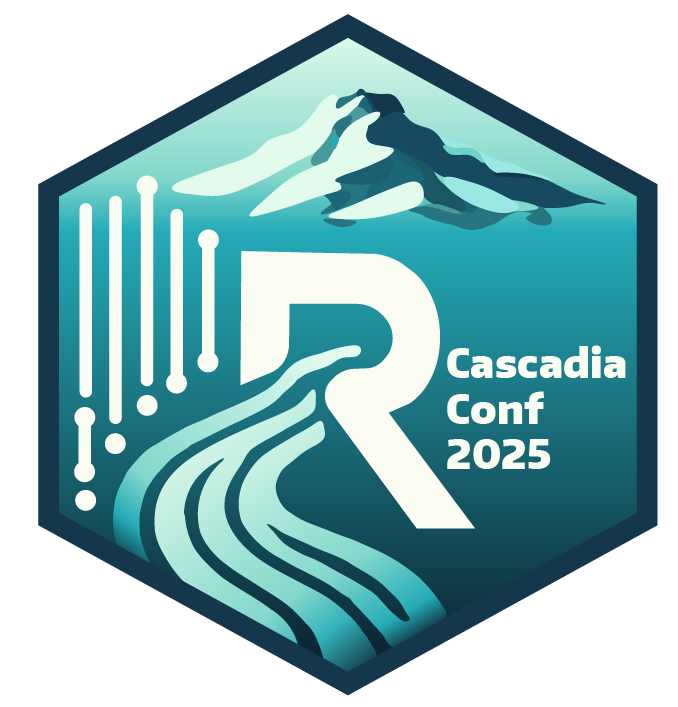Using R to Estimate Animal Population Density
Spatially explicit capture-recapture (SECR) models are used to estimate animal population densities within specified areas of space by detecting and then re-detecting animals at different points in time within the region of interest. They are important tools for conserving, monitoring, and managing animal species. There are a number of different animal detection methods used for these models, including trapping, tagging, and then releasing animals, hair snares, and even microphones to record animal vocalizations. This allows researchers to study animals from a broad range of sizes – from tiny mice and frogs all the way to grizzly bears and even whales – and in a range of different habitats.There are a few R packages that allow us to build SECR models quite simply using animal capture histories from numerous detection methods, including SECR, ASCR, and a new package ACRE which is particularly good for acoustic SECR models. This talk will cover the different methods used to detect animals, how detections are recorded, and the implementation and high-level interpretation of SECR models in R, along with visualizations of the core concepts of SECR models using R.
 |
Pronouns: she/herVancouver, BC, CanadaI recently moved to British Columbia from New Zealand, where I used to build R Shiny apps for the health sector. I’m currently studying a MSc in Statistics part time through the University of Auckland (the birthplace of R!) and I’m due to finish in November 2023. My research project is to assist in the development and validation of an R package for estimating animal population densities based on various capture methods, particularly acoustic methods. I have been using R for seven years and currently co-organise the R Ladies Vancouver meetup group. Right now I work as a Data Engineer in Vancouver. |
